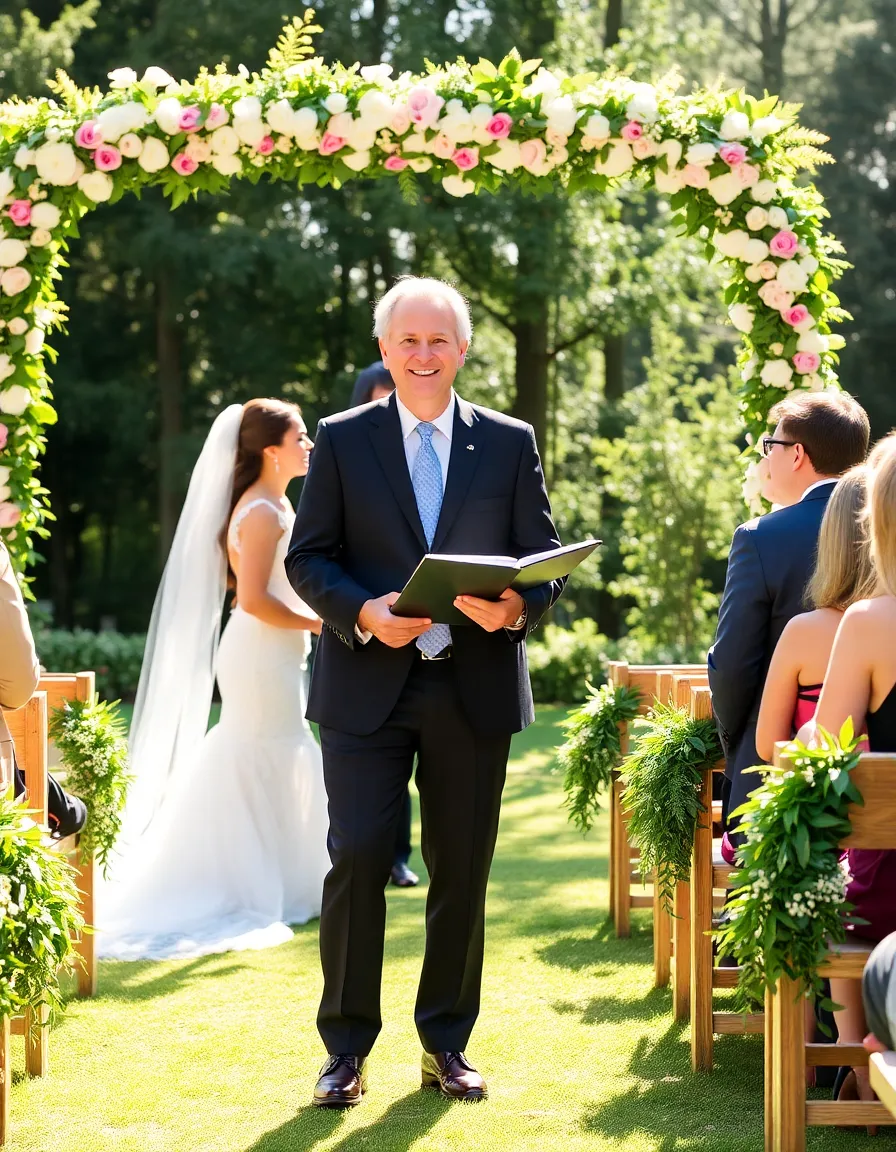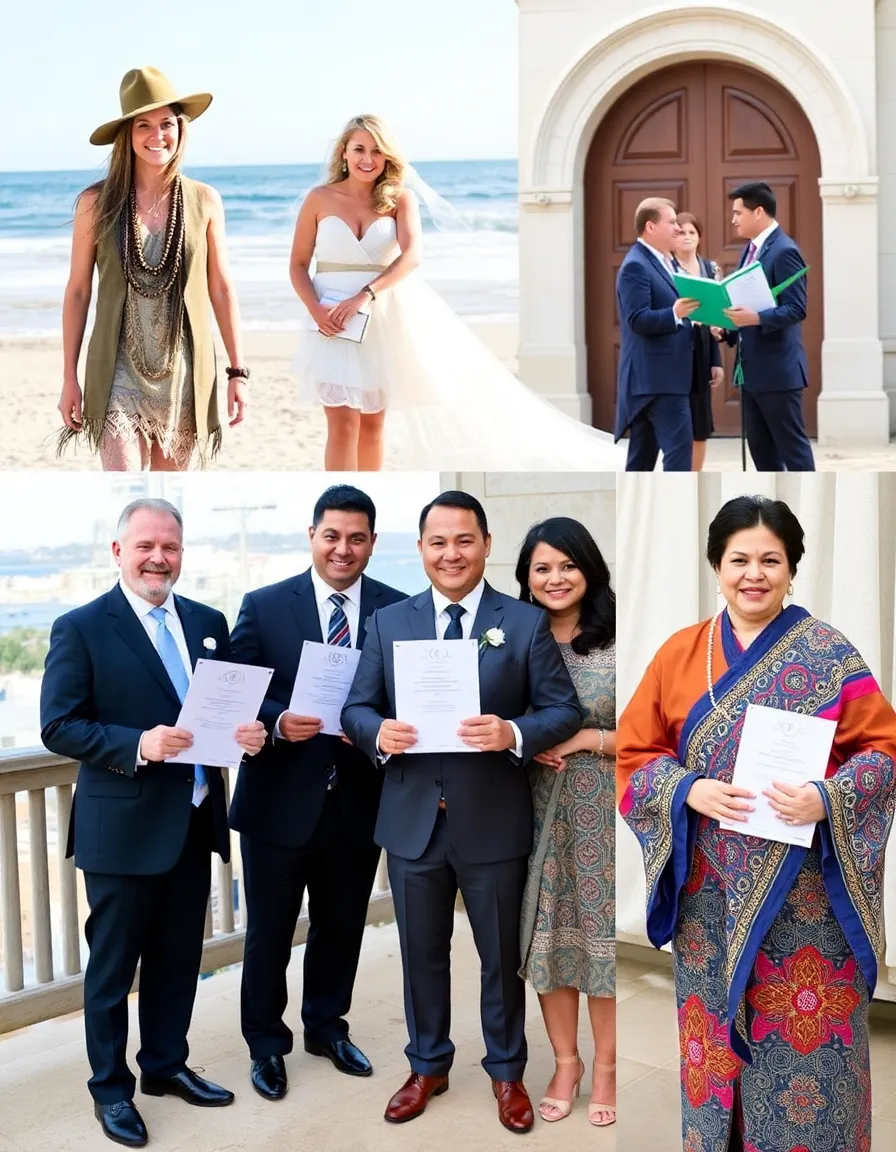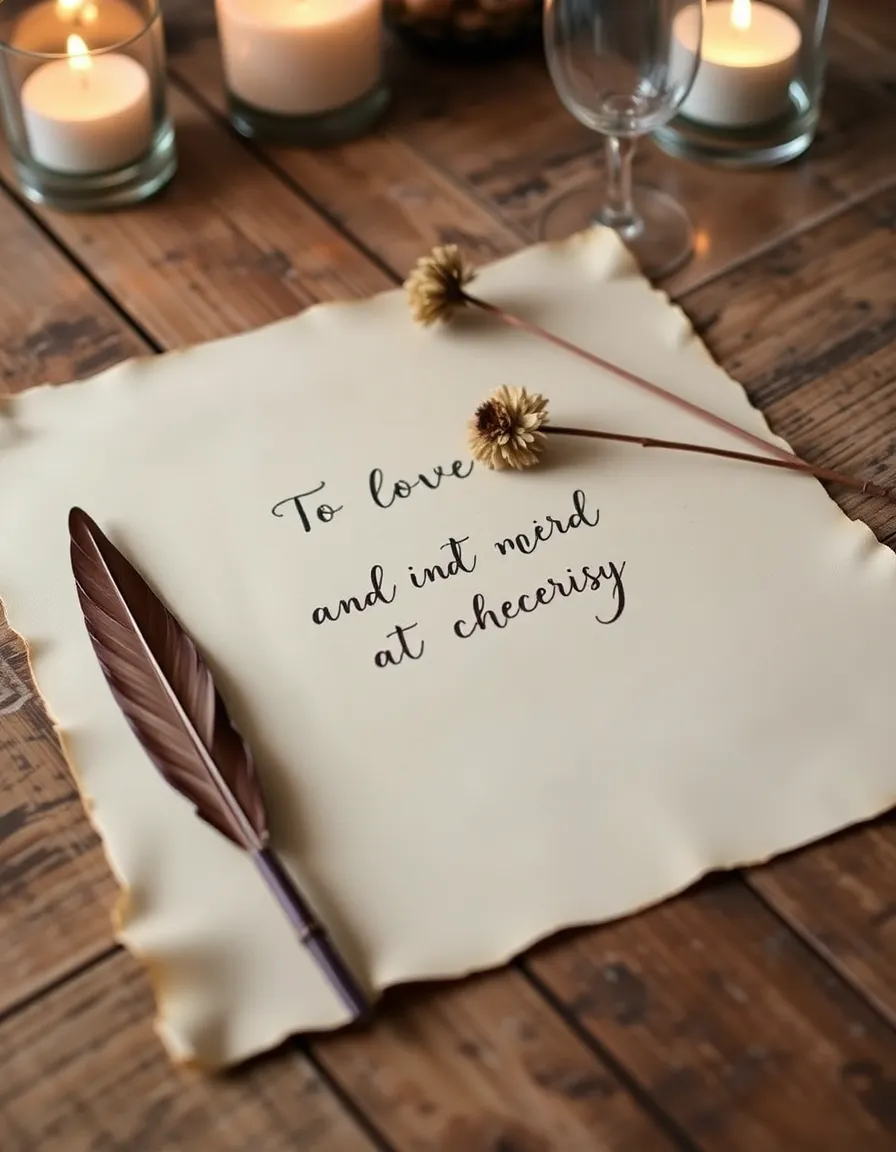Donec efficitur, ligula ut lacinia
viverra, lorem lacus.
A Guide about how to become a wedding officiant
1. Why Become a Wedding Officiant?
So, you’re thinking about becoming a wedding officiant? That’s awesome! Whether you’re doing it to marry your best friends, start a side hustle, or just because you love love, there’s something incredibly rewarding about being the person who says, “You may now kiss the bride.” (Or groom. Or spouse. Love is love, after all.)
But before you dive in, let’s talk about why this might be the perfect gig for you. First off, you get to be at the center of one of the most emotional, joyful moments in people’s lives. How cool is that? Plus, it’s a flexible role—you can do it as a hobby, part-time, or even turn it into a full-blown business. And let’s be real, who doesn’t love a good wedding cake tasting?
Of course, it’s not all confetti and champagne toasts. There’s some legal stuff to figure out, and you’ll need to develop your own style. But don’t worry—we’ll cover all of that. Ready to get started?

2. Legal Requirements: Don’t Skip This Part!
Alright, let’s tackle the not-so-glamorous but super-important part: the legal stuff. I know, I know—paperwork is about as fun as watching paint dry. But unless you want your couple’s marriage to be as legally binding as a pinky promise, you’ll need to get this right.
First, check your local laws. In most places, you’ll need to be ordained or registered to legally officiate weddings. The good news? Getting ordained is often as easy as filling out an online form (thanks, internet!). Organizations like Universal Life Church or American Marriage Ministries offer free ordinations that are recognized in many states.
But—and this is a big but—some states or counties have extra hoops to jump through. You might need to register with the local government, file paperwork, or even take a course. Pro tip: Google “[Your State] wedding officiant requirements” to avoid any last-minute panic attacks.

3. Crafting Your Officiant Style
Now for the fun part: developing your signature style. Are you the poetic type who loves heartfelt vows? The laid-back officiant who cracks jokes to ease the nerves? Or maybe the spiritual guide who weaves in meaningful rituals? Your vibe will attract your tribe—er, couples.
Start by thinking about what kind of ceremonies resonate with you. Do you prefer traditional, modern, or totally unconventional weddings? I once officiated a Star Wars-themed wedding where the couple exchanged lightsabers instead of rings. (Yes, it was as epic as it sounds.) The key is to be authentic. If you try to force a style that isn’t you, it’ll feel as awkward as a dad dancing at a club.
Pro tip: Watch wedding ceremonies online or attend a few as a guest. Take notes on what you love (and what makes you cringe). Then, start drafting a few sample scripts to find your voice.

4. Writing the Perfect Ceremony Script
Speaking of scripts, let’s talk about how to write one that doesn’t put everyone to sleep. A great ceremony script balances emotion, personality, and pacing. Think of it like a sandwich: you’ve got your intro (the bread), your heartfelt middle (the delicious filling), and your big finale (the other slice of bread, but with fireworks).
Here’s a basic structure to get you started:
- Opening Words: Welcome everyone and set the tone.
- Love Story: Share how the couple met or a sweet anecdote.
- Readings or Rituals: Poems, quotes, or symbolic acts like handfasting.
- Vows: The couple’s promises to each other (cue the tissues).
- Pronouncement: The big moment—you know the one.
Remember, shorter is often sweeter. Nobody wants a ceremony that drags on longer than the reception line. Keep it meaningful, keep it personal, and for the love of all things holy, rehearse it beforehand.

5. Nailing the Delivery (No, Not Pizza)
You could have the most beautiful script in the world, but if you deliver it like a robot reading terms and conditions, it’s game over. Your job is to make the couple—and their guests—feel everything. That means working on your pacing, tone, and presence.
First, practice out loud. A lot. Record yourself and listen back. Do you sound like you’re excited, or like you’re narrating a dishwasher manual? Adjust accordingly. Second, make eye contact—with the couple, with the guests, with the dog serving as ring bearer (if applicable).
And hey, nerves are normal. Even seasoned officiants get butterflies. Just remember: the couple chose you because they trust you. So take a deep breath, speak from the heart, and don’t forget to enjoy the moment. After all, how many jobs let you literally make love official?

6. Turning It Into a Business (If You Want To)
If you’ve caught the officiant bug and want to make this more than a one-time gig, let’s talk business. Because while love may be priceless, your time and expertise shouldn’t be. FYI, wedding officiants can charge anywhere from $200 to $1,000+ per ceremony, depending on experience and location.
Start by creating a simple website or social media page showcasing your services. Include testimonials (ask your first couples nicely), a sample script, and your pricing. Word of mouth is huge in this industry, so don’t be shy about telling everyone you know. I got my first paid gig because my dentist’s niece was getting married—true story.
Oh, and invest in a sharp outfit or two. First impressions matter, and showing up in sweatpants probably won’t land you five-star reviews. Unless it’s a very casual wedding.

So there you have it—your roadmap to becoming a wedding officiant! Whether you’re doing it for fun, for friends, or as a full-on career move, this role is one of the most unique and meaningful ways to celebrate love. Just remember: the best officiants aren’t the ones who memorize every word perfectly. They’re the ones who make the couple feel seen, heard, and utterly cherished on their big day.
Now go forth and spread the love—and maybe send me an invite to the next wedding you officiate. I’ll bring the tissues. 🙂